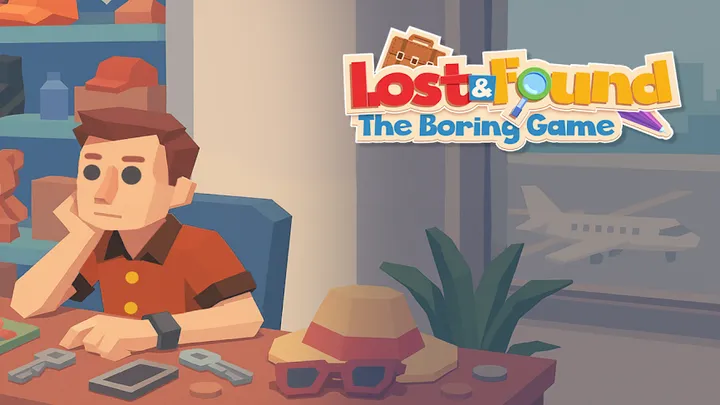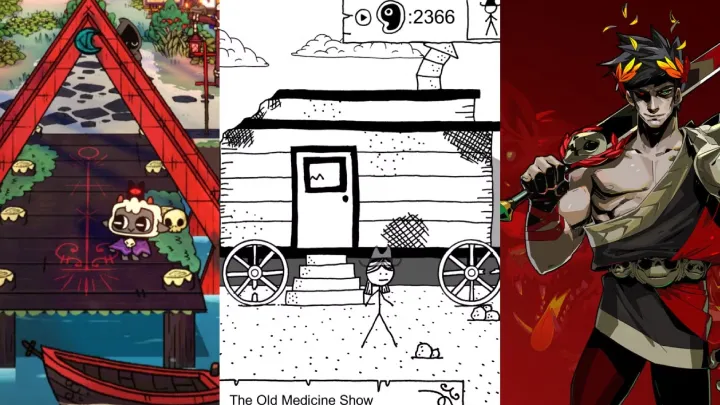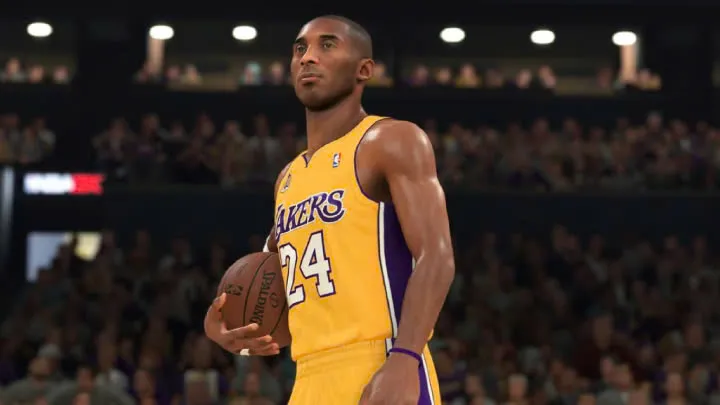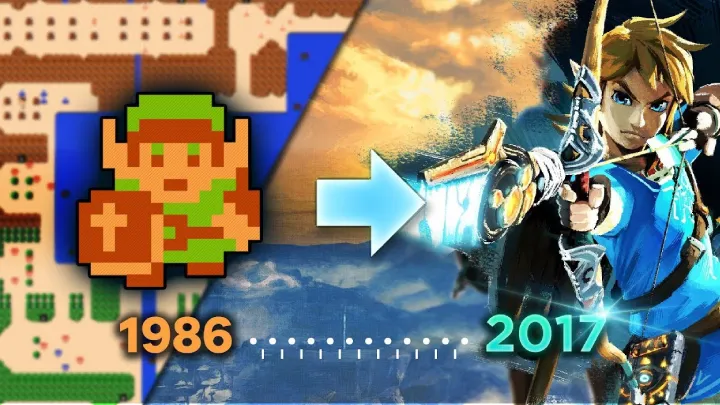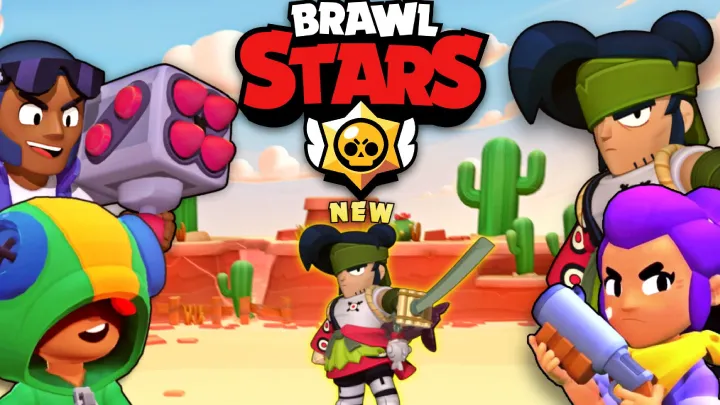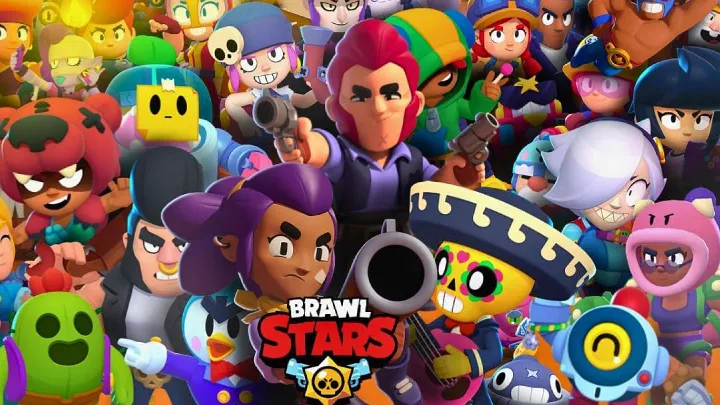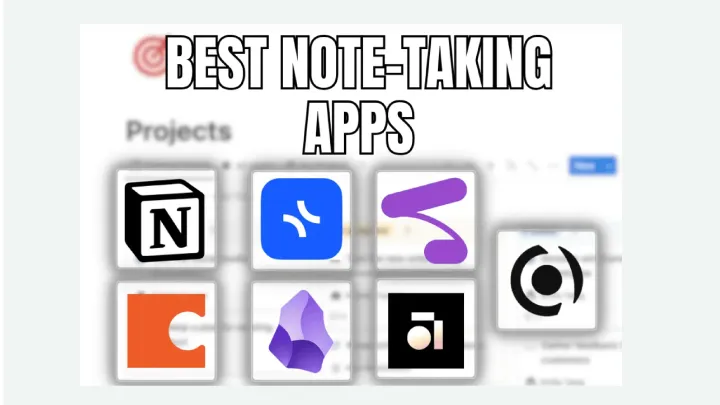In the world of NBA 2K24 MyTeam, the Auction House is the lifeline of the economy. It’s where players buy and sell cards, build their dream squads, and generate MT (MyTeam Points) without necessarily spending real money. If you learn how to master the Auction House, you can keep up with the most competitive players, unlock rare cards, and stay ahead of seasonal content drops.
This article will walk you through the strategies, tips, and insider knowledge you need to dominate the Auction House. We’ll cover everything from the basics of card values to advanced techniques like sniping, flipping, and exploiting market cycles. Whether you’re a beginner or a seasoned player, this comprehensive guide will give you the tools to maximize your profits and build a powerful team without draining your wallet.
1. Understanding the Auction House Economy
The Auction House works much like a real marketplace: supply and demand determine card values. Cards with limited availability or high in-game utility will skyrocket in value, while over-saturated cards will plummet.
When a new pack drops, the market is flooded with cards from that set, often lowering prices. Over time, as players stop opening packs, the availability decreases and prices rise again. Understanding this cycle is key.
Factors that Influence Prices
- Rarity: Limited edition cards or promo exclusives carry higher value.
- Player Popularity: Stars like LeBron James or Stephen Curry almost always sell high.
- Badges and Attributes: Cards with strong stats or rare badges are in higher demand.
- Seasonal Shifts: New seasons and events create spikes in demand for certain cards.
Key Takeaway
The market in NBA 2K24 is dynamic. Tracking patterns and anticipating changes will give you the edge over players who only react to trends.
2. Starting Out: How to Build MT Early
When you first begin using the Auction House, you’ll likely have limited MT. The goal here is to start small, grow steadily, and avoid wasteful spending.
Sell What You Don’t Need
Instead of hoarding every card, sell duplicates or cards that don’t fit your lineup. Even low-value bronzes and silvers can bring in MT when sold consistently.
Invest in Budget Cards
Avoid splurging on high-end cards early. Buy budget cards with good value, use them in your lineup, and sell them later when their prices rise.
Daily Auctions
Log in regularly to list cards. The more active you are, the more MT you’ll generate, even from small sales.
3. Sniping: The Art of Quick Flips
Sniping is the backbone of Auction House domination. It refers to buying undervalued cards that pop up on the market and immediately reselling them for profit.
How Sniping Works
- Filter the Auction House by card tier, player, or badge.
- Set your maximum buyout lower than the average market value.
- Refresh the search repeatedly until a cheap card appears.
- Quickly purchase and resell it for market price.
Example
If a card’s average price is 20,000 MT, set your max buyout filter to 15,000. Snagging one at that price and reselling it nets you 5,000 MT.
Tips for Sniping
- Be patient—refreshing may take time.
- Avoid overcrowded filters; focus on niche cards.
- Use off-peak hours (late night or early morning) when fewer players are sniping.
4. Flipping Cards for Profit
Flipping is a slower but reliable method compared to sniping. It involves buying cards at a reasonable price and selling them later for more when demand increases.
Timing is Everything
The best time to buy is during pack drops when supply is high and prices crash. The best time to sell is after packs expire, when scarcity increases.
Flipping Strategy
- Track card prices daily.
- Buy during low points.
- Sell during price rebounds.
Example
A promo card may sell for 50,000 MT during the first hours of release. Two weeks later, after packs leave circulation, it could climb to 100,000 MT. That’s double your investment.
5. Market Timing and Seasonal Drops
NBA 2K24 MyTeam thrives on content updates. Every week, new cards and packs are released, creating fluctuations in the Auction House.
Pack Drop Days
On these days, prices for newly released cards plummet because of oversupply. This is the ideal time to buy cards at bargain rates.
Weekend Effect
Many players are more active on weekends, leading to higher competition and fluctuating demand. This can be a great time to sell.
End of Season
When a season ends, certain cards become rarer, and their prices often climb significantly. Planning ahead allows you to maximize your profits.
6. Investing in Rare and Special Edition Cards
Some cards are worth holding long-term. Limited-time cards, signature editions, or reward sets often appreciate in value.
Long-Term Holds
Cards tied to collections that unlock powerful rewards often rise in demand as players chase set completions.
Short-Term Holds
Event-driven cards (like holiday promos) may spike in price during their event and stabilize after. Knowing when to sell is key.
Example of a Good Hold
A limited edition Kobe Bryant card might launch at 200,000 MT. Over weeks, scarcity pushes it toward 400,000 MT. Holding pays off big.
7. Advanced Strategies: Exploiting Badges and Contracts
Cards aren’t just about players—badges and contracts matter too.
Badge Sniping
Some badges are extremely valuable because they improve gameplay significantly. Buying underpriced badges and flipping them can be just as profitable as flipping players.
Contracts
Players need contracts to stay usable. Gold contracts often sell high during competitive periods. Stock up when they’re cheap and sell later for MT.
8. Tools and Resources for Auction House Mastery
Tracking the market manually can be time-consuming. Using external tools and in-game data makes the process easier.
Recommended Tools
- Price Tracking Websites/Apps: Communities often maintain real-time pricing data.
- Spreadsheets: Record your purchases and sales to monitor profit margins.
- Social Media & Forums: Keep up with new drops and player sentiment, which influence card prices.
In-Game Features
Use the Compare Price feature to see current listings. This helps you gauge a card’s true value before making moves.
9. Common Mistakes to Avoid
Many players lose MT because they don’t understand the market.
Overpaying
Don’t get caught up in bidding wars. Always know the average price before bidding.
Panic Selling
If prices drop suddenly, don’t rush to sell. Often, the market rebounds after a temporary crash.
Ignoring Fees
Remember that the Auction House takes a 10% tax from sales. Factor this into your profit margins.
10. Building Your Dream Team Through the Auction House
The ultimate goal of mastering the Auction House is to assemble a powerful team. You don’t need to buy VC or overspend—smart trading funds your dream roster.
Step-by-Step Path
- Start with budget cards.
- Use sniping and flipping to build MT.
- Reinvest profits into key players.
- Gradually acquire rare, high-value cards.
Example Team Progression
- Early Game: Use budget gems like amethyst role players.
- Mid-Game: Upgrade to diamond or pink diamond stars bought cheap and held.
- Late Game: Target opals and endgame cards through accumulated profits.
Conclusion
The Auction House in NBA 2K24 MyTeam is more than just a marketplace—it’s a battleground of strategy, patience, and timing. Mastering it means understanding the ebb and flow of supply and demand, learning when to buy and sell, and capitalizing on opportunities like sniping, flipping, and investing in rare cards.
If you stay disciplined and consistent, you can dominate the Auction House, amass huge amounts of MT, and build the kind of team that turns heads on the court. The best part? You can do it all without spending a dime of real money.
So start small, study the market, and make each move with purpose. Over time, your Auction House skills will set you apart, giving you a steady stream of MT and one of the strongest rosters in NBA 2K24.






